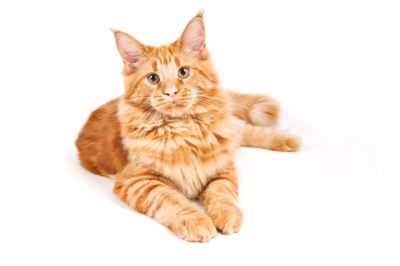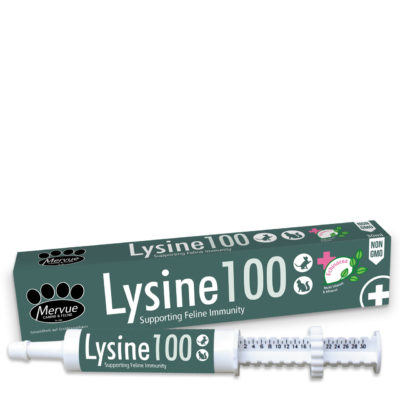- +353 21 422 0397
- info@mervue.ie
- Mon - Fri: 09:00 - 17:00
 What is cat flu?
What is cat flu?Cat flu is extremely common in cats and is caused by a range of respiratory viruses and often complicated by secondary bacterial infection. The symptoms associated with cat flu infection can vary from mild to life threatening. Two cat viruses have been associated with cat flu and can occur either alone or in combination, feline calicivirus (FCV) and feline herpes virus (FHV-1). In common with humans, feline herpes virus can become latent in the cat and reactivate at times of stress.
The clinical signs and symptoms associated with cat flu include sneezing, nasal discharge, conjunctivitis (inflammation of the lining of the eyes), discharge from the eyes and frequently little ulcers on the surface (cornea) of the eyes. Importantly cats often have a fever and become depressed and have a significant loss of appetite. A blocked nose prevents the cat from smelling its food and mouth ulcers (which often cause drooling of saliva) further compound the loss of appetite.

The cat flu viruses persist in the environment and are readily transferred between cats especially via humans. Vaccination is the single most important factor in controlling the severity and transmission of cat flu. The feral cat population serves as a reservoir for the cat flu viruses and while vaccination is very important in reducing the duration and severity of the clinical signs associated with cat flu, vaccination does not prevent exposure or eliminate infection entirely.
 LYSINE 100 which contains lysine, seaweed (Laminaria hyperborean) and echinacea. Lysine has been demonstrated to reduce the severity and duration of symptoms associated with cat flu and to also reduce the amount of virus shed (and thus transmission) from infected cats. Seaweed (Laminaria hyperborean) contains lamarins and β-glucans. In some species lamarins and B-glucans have been demonstrated to positively influence the immune system as well as have an anti-inflammatory effect. In humans, echinacea has been demonstrated in some trials to reduce the incidence and severity of the common cold.
LYSINE 100 which contains lysine, seaweed (Laminaria hyperborean) and echinacea. Lysine has been demonstrated to reduce the severity and duration of symptoms associated with cat flu and to also reduce the amount of virus shed (and thus transmission) from infected cats. Seaweed (Laminaria hyperborean) contains lamarins and β-glucans. In some species lamarins and B-glucans have been demonstrated to positively influence the immune system as well as have an anti-inflammatory effect. In humans, echinacea has been demonstrated in some trials to reduce the incidence and severity of the common cold.
LYSINE 100 should be administered at a rate of 1ml/day to kittens and 1-2ml/day to older cats. The paste can be smeared on the lips or paws or placed in food if the cat is eating.
In all cases of cat flu, good nursing care is very important. Affected cats should be isolated from other cats and persons handling affected cats should not handle healthy cats, or if they must do so, should change their clothes and was their hands well before doing so. Gently cleaning the eyes and nostrils will improve comfort and aid smelling of food. Food should be highly palatable and warmed slightly to increase smell and encourage appetite. Veterinary consultation should always be sought with very sick cats, cats with coughs and cats that haven’t eaten for 3 days or more as a course of antibiotics may be required.
For more Technical Information on Treating Cat Flu please click here https://mervue.ie/news-experts/technical-articles/treating-cat-flu-lysine-100/
Copyright © 2019 Mervue Laboratories. All Rights Reserved.